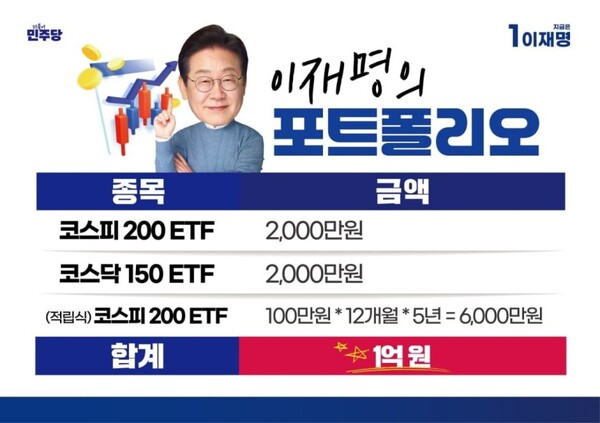
The total net assets of domestic exchange-traded funds (ETFs) have exceeded 200 trillion won. This is 23 years after the first ETF was launched in 2002. The listed ETFs have reached 984, with the prospect of breaking 1,000 within this year.
According to the Korea Exchange on the 8th, the total net assets of domestic ETFs were calculated at 201.2845 trillion won as of the 4th. The domestic ETF net assets surpassed 100 trillion won in June 2023. The market size has doubled in two years.
This year, the domestic ETF net assets surged from 173 trillion won in December last year to 182.8211 trillion won in January. Monthly figures show a gradual increase: △February at 186.7718 trillion won △March at 185.9263 trillion won △April at 191.3558 trillion won △May at 199.8788 trillion won.
The number of listed products is expected to exceed 1,000 within this year. Initially, four products tracking KOSPI 200, including 'KODEX 200', were launched in 2002. By 2012, this increased to 135, and in 2021, it surpassed 500 with 533 products. Currently, 984 ETFs are listed.
President Lee Jae-myung purchased ETFs tracking KOSPI 200 and KOSDAQ 150 worth 40 million won during his presidential candidate period, pledging to achieve the 'Five Thousand Index (KOSPI 5000)' era. He announced plans to expand investment to 60 million won over the next five years, totaling 100 million won in the domestic stock market.
ETFs are gaining popularity among investors due to their relatively low entry barriers, as they can be easily traded on exchanges like stocks. Individual investors have net purchased 10.4785 trillion won in the ETF market this year.
However, despite the market's growth in size, there are concerns about the need for qualitative improvement. Price competition for management fees is a prime example. Critics point out that numerous ETFs with little differentiation in product composition and weight have led to intense cost competition. Recently, there have been incidents where investors purchased ETFs at prices higher than their net asset value (NAV) due to calculation errors by asset management companies.








